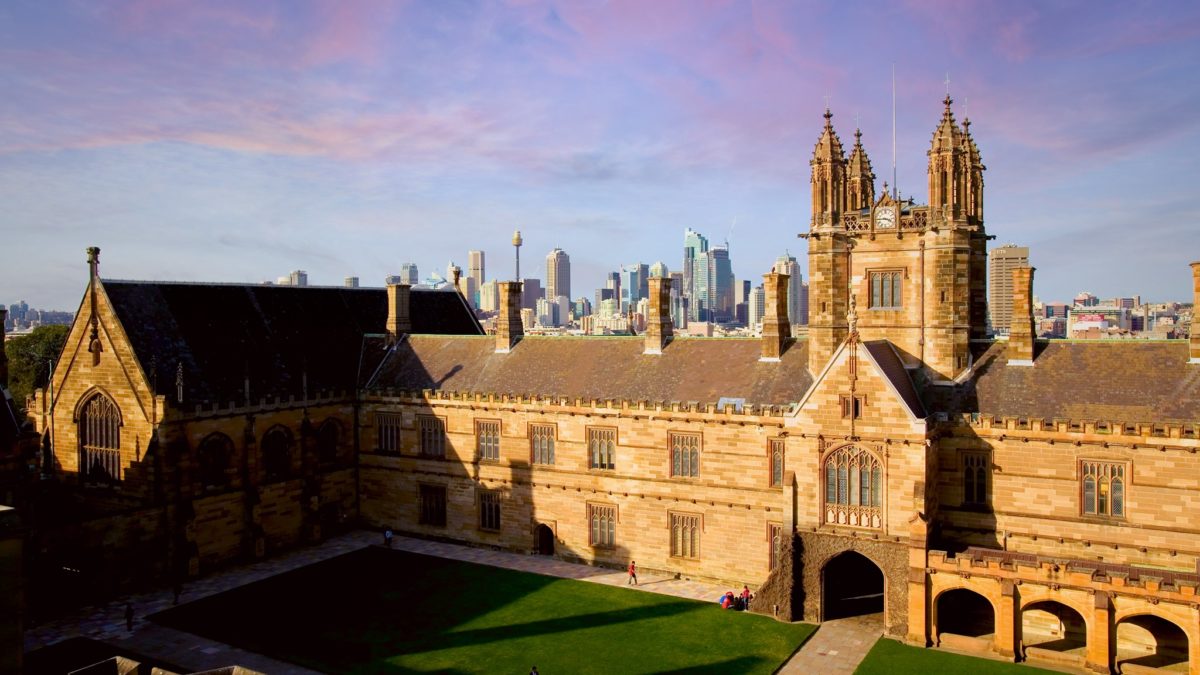Australia’s oldest university, the University of Sydney (Sydney Uni), has signed a new five-year contract with Snowy Hydro its subsidiary Red Energy to join the likes of the University of Queensland, Macquarie University, Swinburne and Charles Sturt in sourcing “100%” of its electricity in New South Wales (NSW) from renewable sources.
The contract, which begins from 1 July 2022, will cover all the University’s activities, including campus operations, University-run student accommodation and the various campus colleges. According to Sydney Uni the contact effectively removes 31,200 cars from the road in terms of avoided emissions.
Sydney Uni vice-chancellor and president Mark Scott, said the shift to renewable electricity reflected the University’s deep commitment to a more sustainable future.
“We are making the move to 100% renewable electricity three years before our target of 2025,” said Scott. “This agreement will power our research and teaching while reducing emissions. We are delighted to be working together with Snowy Hydro and Red Energy to achieve the ambitious energy targets set out in our sustainability strategy.”
“We know reducing emissions to combat climate change is a priority for our staff and students and we are committed to embedding sustainability in every aspect of University life,” continued Scott.
Snowy Hydro managing director and CEO, Paul Broad, welcomed the partnership, noting that “Combining our contracted wind and solar energy with our on-demand hydro assets allows us to provide reliable and 100% renewable electricity to the University.”
100% or true 100%?
100% renewable energy matching like this deal is a great way for companies and institutions to offset their electricity consumption, but the term “100%” can be misleading.
Through this contract, power consumed by Sydney Uni will be matched by renewable generation from a NSW solar farm or some other renewable generator. The Large Scale Generation Certificates (LSGCs) that come with the energy generated by this solar facility will then be surrendered by Red Energy at a quantity equivalent to Sydney Uni’s load.
So, while “100% renewable” implies “0% non-renewable”, that is not in fact the case, and physically can’t be the case until the grid is 100% renewable. Annually, Sydney Uni might have purchased enough LSGCs to offset its consumption, but hour to hour it is still consuming electrons from the grid generated by fossil fuels. To be truly 100% powered by renewables for grid-connected consumers requires 24/7 hourly matching.
That gap between renewables procurement and actual renewables impact on the grid “is taken by 24/7,” said Olivier Corradi, the creator of electricityMap and the CEO of Tomorrow. He argues that 24/7 means that you “can’t report zero if space and time are not matched. And that is a big step, because right now we’re saying that zero is misrepresentative because we don’t have enough granularity.”
Nevertheless, Sydney Uni’s contract with Snowy Hydro and Red Energy is a step on the way to true 100% renewable energy, and should encourage more institutions to seek out such a solution which in turn could drive renewable uptake.
Sydney Uni has a goal of net zero emissions by 2030.
This content is protected by copyright and may not be reused. If you want to cooperate with us and would like to reuse some of our content, please contact: editors@pv-magazine.com.









By submitting this form you agree to pv magazine using your data for the purposes of publishing your comment.
Your personal data will only be disclosed or otherwise transmitted to third parties for the purposes of spam filtering or if this is necessary for technical maintenance of the website. Any other transfer to third parties will not take place unless this is justified on the basis of applicable data protection regulations or if pv magazine is legally obliged to do so.
You may revoke this consent at any time with effect for the future, in which case your personal data will be deleted immediately. Otherwise, your data will be deleted if pv magazine has processed your request or the purpose of data storage is fulfilled.
Further information on data privacy can be found in our Data Protection Policy.